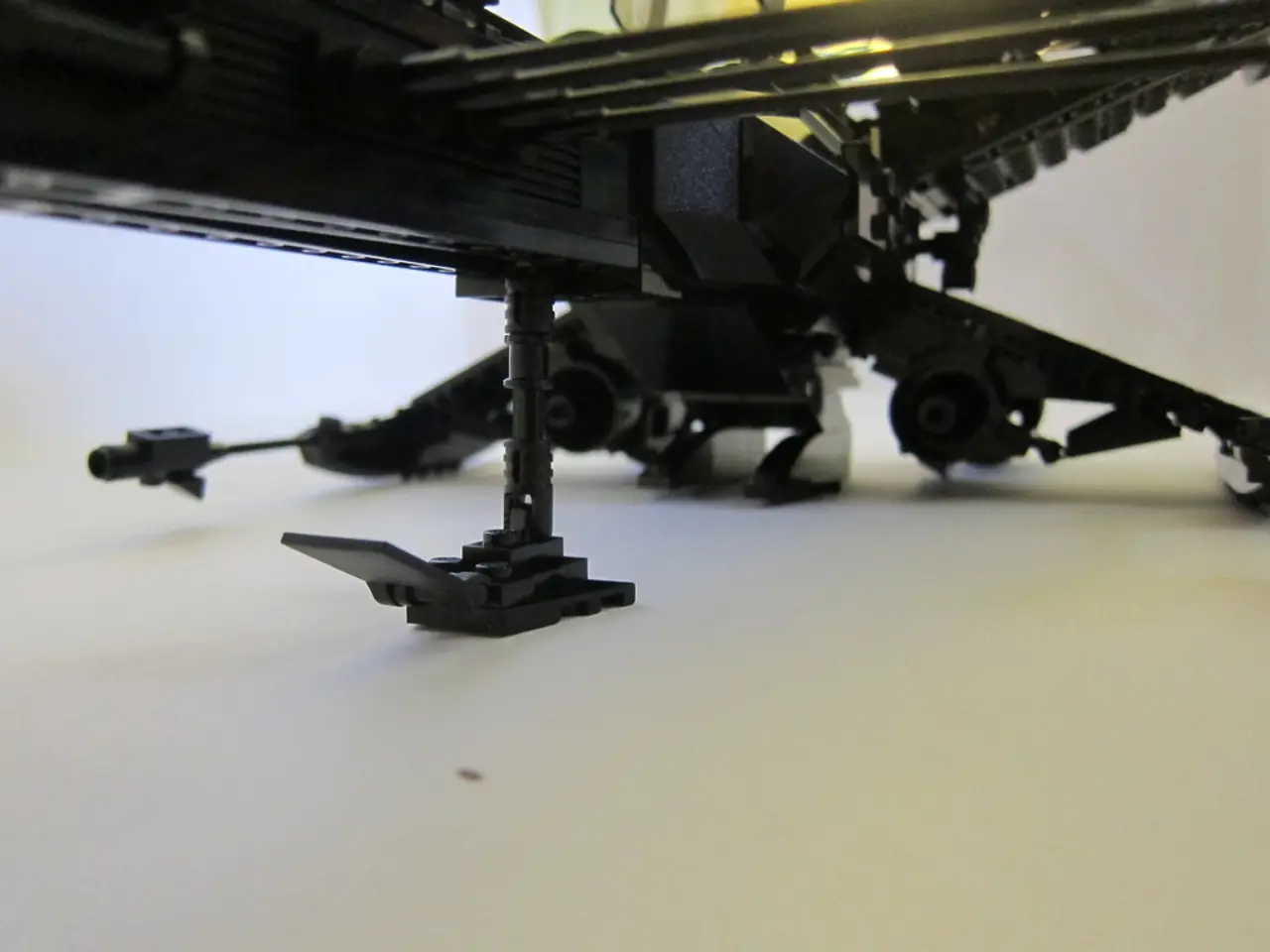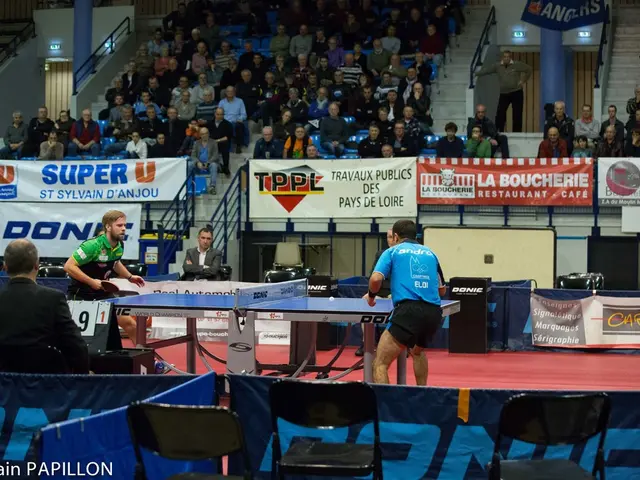Germany Leads NATO's Baltic Sentry Mission to Protect Undersea Infrastructure
Germany is actively participating in NATO's Baltic Sentry mission, a robust response to an increase in damaged data cables and pipelines in the Baltic Sea, suspected to be sabotage acts. Led by the German Navy, the operation aims to deter potential aggressors and safeguard critical underwater infrastructure.
Baltic Sentry 2025 is part of enhanced vigilance activities on NATO's northern and eastern flank. Operational planning and coordination are handled by the Operational Command of the German Armed Forces, headed by General Lieutenant Alexander Sollfrank. The mission's staff is based in Rostock, Germany.
A key asset in this mission is the German Heron TP drone, introduced in May 2024. It has swiftly transitioned from test flights to integration into the multinational surveillance network, demonstrating Germany's capability to rapidly deploy modern weapons systems. The unarmed drone supports monitoring of the Baltic Sea coasts, providing crucial eyes in the sky to protect NATO countries' critical underwater infrastructure and deter potential saboteurs.
The German Heron TP drone is being used for the first time in the Baltic Sentry mission, reinforcing NATO's commitment to protecting the Baltic Sea region. The Operational Command of the German Armed Forces Press and Information Centre can provide further details about the operation.
Read also:
- HLC Approves ₹4,645.60 Crore for Flood Recovery and Wetland Rejuvenation in Nine States
- Crooked House Pub's Demolition: Council Orders Rebuild, Debate on Historic Building Protections
- Shaping India's Economic Progression: Readying the Financial System for Tomorrow
- Ethiopia's Grand Dam: 15,000 Lives Lost, Water Concerns Unresolved







